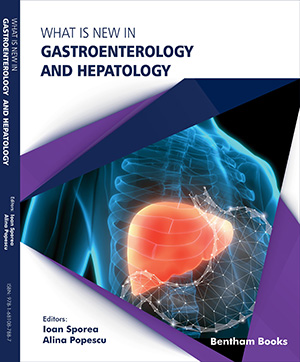
Abstract
The gut is the most accommodating environment in the human body for bacteria. The microbial community there is both dense and varied. The gut microbe forms an axis with the human liver, according to the theory of liver disease causation. The portal vein, systemic circulation, and biliary tract all provide bidirectional connections between the liver and the intestines. The liver secretes bile acid and a wide variety of bioactive mediators into the biliary tract and general circulation.
On the other hand, the portal vein carries microbial-produced endogenous compounds from the colon to the liver, where they might disrupt liver function. Acetyl-aldehyde and butyrate are two of the many byproducts produced by the microbiota in the human gut in response to indigestible food. In addition, these two waste products alter liver function and play an important role in maintaining intestinal health in humans. This paper reviews the literature on the link between butyrate and acetyl-aldehyde production in the human gut and the organ's role in the development of liver disease. Butyrate, acetyl-aldehyde, and liver disease all play roles in the gut-liver axis.










